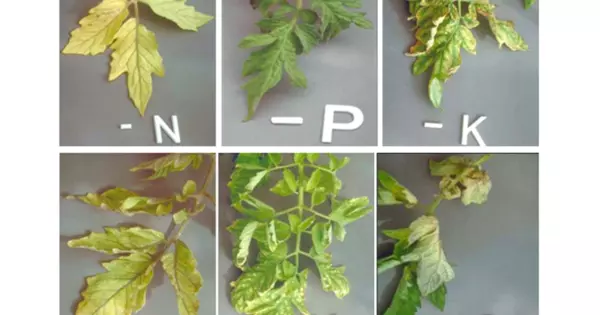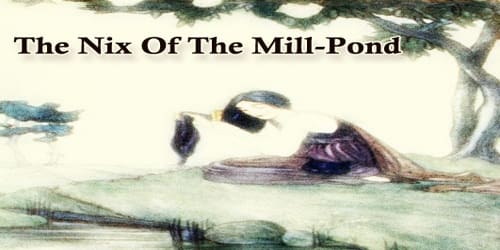Agrominerals are important minerals in agriculture and horticulture because they can provide essential plant nutrients. Some agrominerals are naturally occurring or can be processed for use as alternative fertilizers or soil amendments. The term agromineral was coined in the nineteenth century, and it is now one of the most important research topics in sustainable agriculture. These geomaterials are used to replenish nutrients and improve soil quality.
Agrominerals began with small uses, most commonly seen in hobbyist gardening, but are now being used on a much larger scale, such as commercial farming operations that cover hundreds of acres of land. During this transition, the emphasis shifted to ground nutrients, specifically the three major plant nutrients nitrogen (N), phosphorus (P), and potassium (K). Two of the three elements are only being harvested from a geomaterial called potash. Alternative sources are being researched, due to potash finite supply and cost.
The use of agrominerals begins with the crushing of rocks into “rock powder,” which is then used to replenish soil nutrients. Soil remineralization refers to the process of replenishing mineral levels in soil. While researching alternative methods of replenishing ground nutrients, it was discovered that agrominerals can also help mitigate other issues such as climate change, water preservation, and soil management.
Sources
Potash is the original agromineral; it is how chemical fertilizers get their potassium and phosphorus nutrients today. Because of such high demand, the ore is in short supply, increasing its market value. The most significant limiting factor is potassium, which has only one major source despite being the fourth most abundant element in the earth’s crust. Spreading rock powders in the field as a source of nutrients is one of the popular alternatives to using chemical fertilizer.
One of the major research areas is comparing feldspars and feldspathoids to see which one is more efficient to use. In one of the studies it showed that the feldspathoid nepheline had a much higher dissolution rate making it more efficient source of potassium than other rocks that are much more potassium-rich like granitic rocks.
Chemical fertilizers are being phased out because they have been linked to groundwater pollution. As a new way to add nutrients to the soil, there has been a shift toward grinding rocks into a powder that can be incorporated into the ground. The concept of rock powder stems from the idea that rock weathers and is how nutrients were originally introduced into soil; soil is weathered rock.
With this concept, it has been determined that the rock source is critical because the rock may contain unwanted elements that are toxic to both the plant and the humans who consume it. Research has been done on rocks such as basalt and dacite; each rock had their pros and cons. The success of the rock powder can be affected by crop cycle. For example, basalt was effective when it came to long-cycle crops, but short-cycle crops it was not as effective as chemical fertilizers.
Some rock powders can take anywhere from 1 to 5 years to produce results. Mineralogy and chemical composition make the most significant contributions to rocks being effective rock powder. Once rock sources with the necessary elements and effectiveness are identified, the limitation to rock powders becomes how it is ground. Grinding a mineral, such as olivine, to a particle size that would be effective in the ground (1μm), requires approximately 1.5 gigatonnes of energy per ton of rock. More research will be required to discover more efficient methods of crushing rock for rock-powders to be a sustainable solution for replenishing plant nutrients.
















